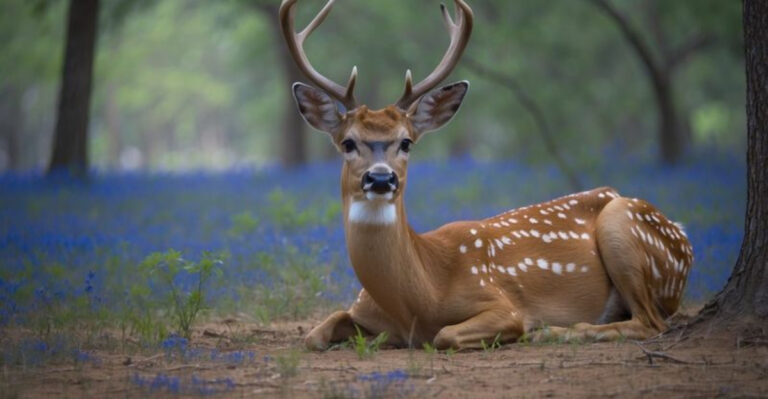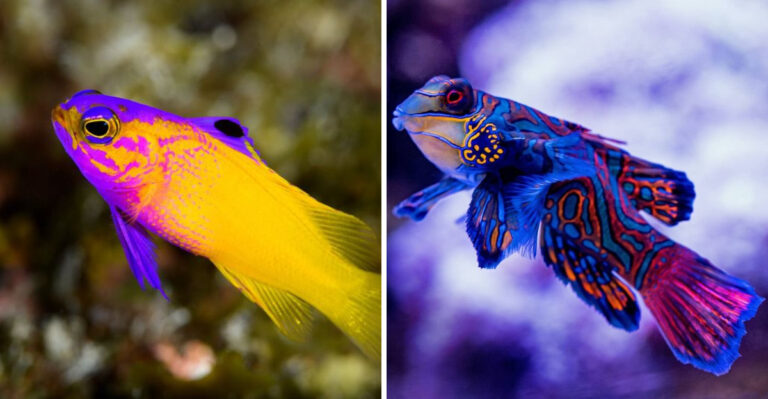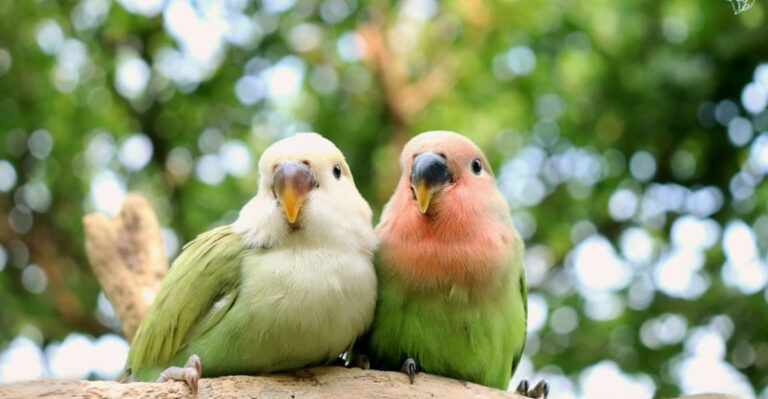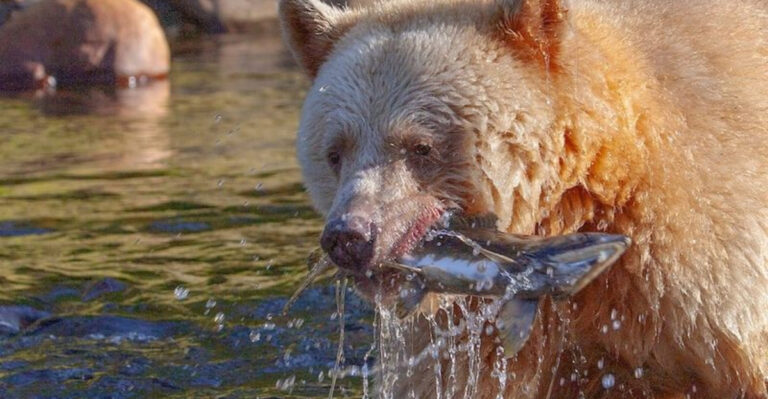7 Native Predators That Help Keep Invasive Species In Check
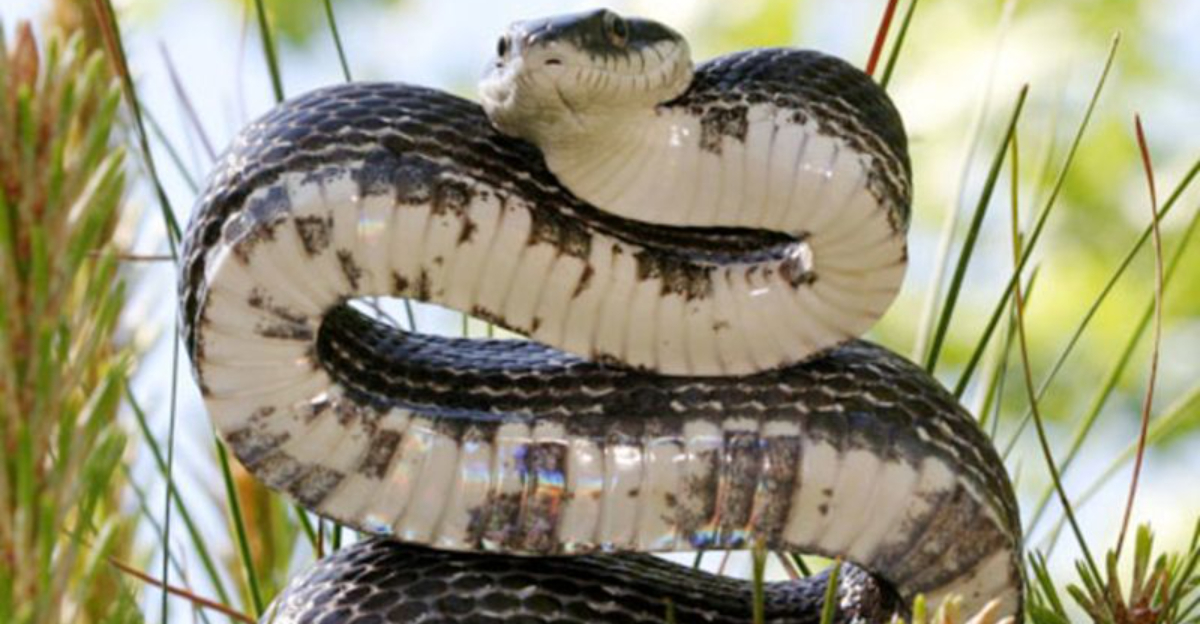
Invasive species wreak havoc on ecosystems worldwide, outcompeting native wildlife and destroying habitats. Fortunately, nature has its own defense system: native predators that naturally help control these unwanted intruders.
These hometown heroes maintain the delicate balance of their ecosystems by hunting, eating, and keeping invasive populations from exploding out of control.
1. Bald Eagle
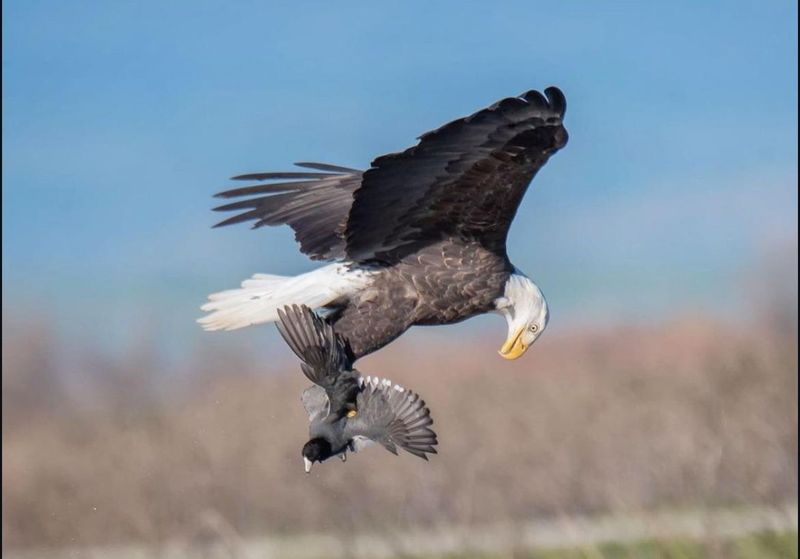
America’s national symbol doesn’t just look majestic soaring through the sky—it’s also a formidable hunter of invasive species. With powerful talons and exceptional vision, these birds swoop down to snatch common carp and nutria from waterways.
Their opportunistic feeding habits make them unexpected allies in wetland conservation. By reducing invasive fish and mammal populations, bald eagles help preserve the native plants and animals that might otherwise be pushed out.
2. Red-Tailed Hawk
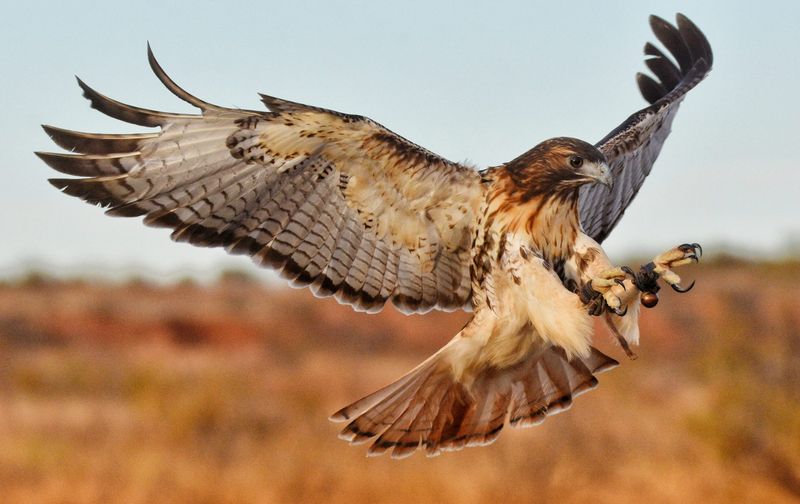
Circling high above fields and roadsides, red-tailed hawks scan for movement below. Their keen eyesight helps them spot European starlings and house sparrows—invasive birds that aggressively take over nesting sites from native species.
When these hawks strike, they’re not just securing a meal. They’re protecting bluebirds, woodpeckers, and other native birds from competitors that weren’t meant to be here. Their hunting prowess makes them guardians of avian biodiversity.
3. Bullfrog (Native To Eastern U.S.)
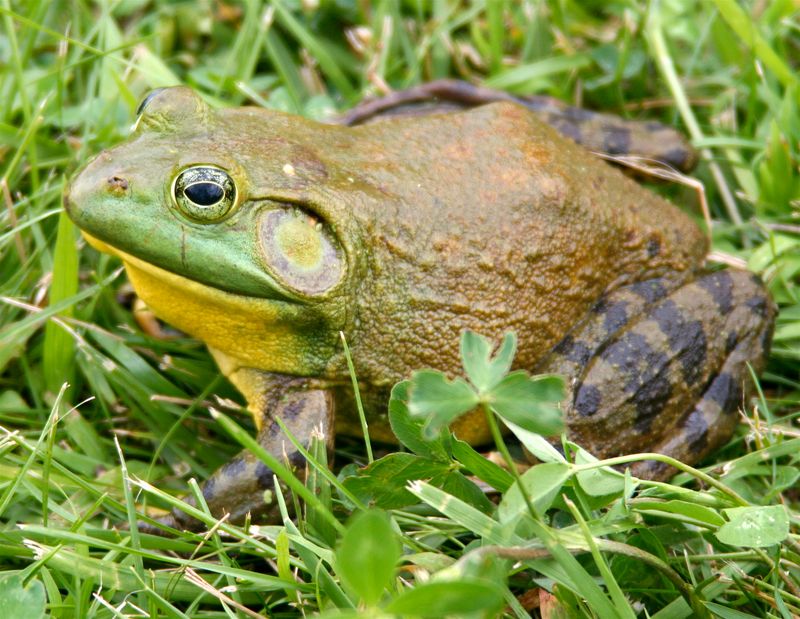
The deep, resonant “jug-o-rum” call announces this amphibian’s presence in eastern waterways. While bullfrogs become problematic invaders when introduced elsewhere, in their native range they’re valuable ecosystem regulators.
Their voracious appetite for insects, small fish, and even other amphibians helps control non-native species. With powerful jaws and lightning-fast tongues, these frogs consume countless invasive insects and smaller amphibians that might otherwise disrupt local food webs.
4. River Otter
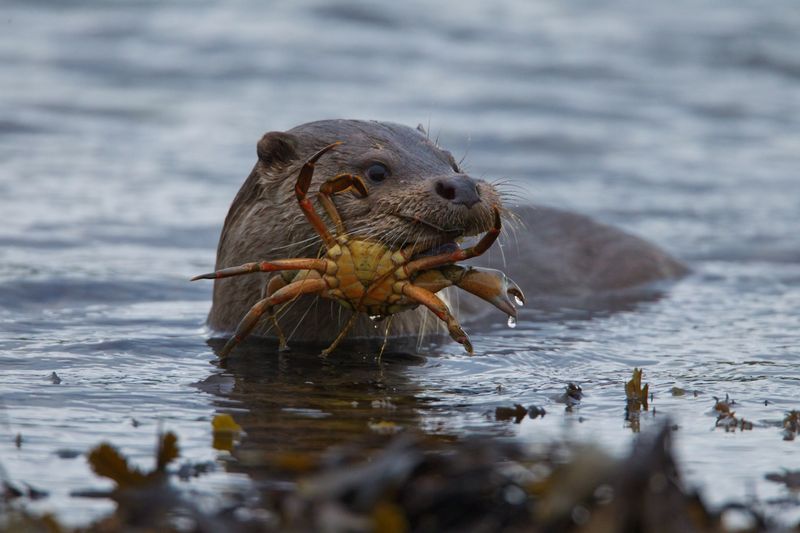
Playful river otters bring more than just charm to waterways—they bring balance. These sleek, muscular mammals spend hours each day hunting, with invasive crayfish and non-native fish often ending up on the menu.
Their remarkable swimming abilities and natural curiosity make them efficient hunters. As they frolic and dive through rivers and streams, otters quietly perform ecosystem services by preferentially targeting abundant prey—often the very species causing problems for native aquatic life.
5. Eastern Rat Snake (Also Called Black Rat Snake)

Slithering through forests, farms, and even suburban areas, these impressive black snakes can grow over six feet long. Don’t fear them—celebrate them! Eastern rat snakes are natural controllers of invasive rodents like the Norway rat.
Their ability to climb trees and buildings helps them access rodent nests others can’t reach. Though often misunderstood, these non-venomous constrictors provide free pest control services, protecting crops and reducing disease vectors without any chemicals needed.
6. American Alligator
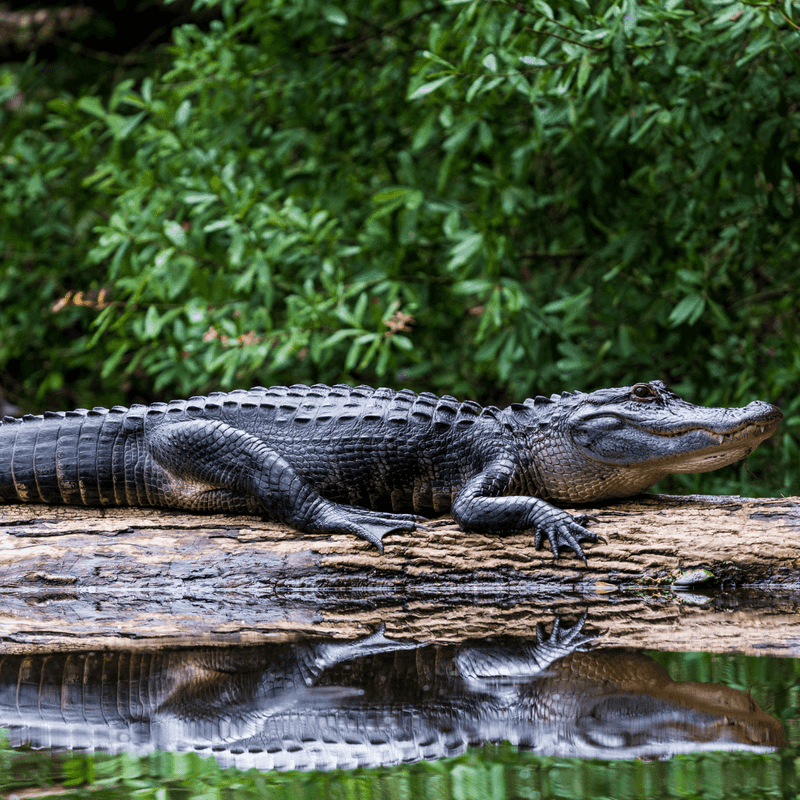
Ancient-looking and armored, American alligators rule southern wetlands as apex predators. These prehistoric powerhouses aren’t picky eaters—they’ll snap up whatever fits in their massive jaws, including destructive nutria and invasive fish.
Their presence creates a ripple effect throughout the ecosystem. By controlling populations of invasive species that damage marshland vegetation and levee systems, alligators help preserve the very wetlands that serve as nurseries for countless native species and protect coastal areas from storms.
7. Coyote

Adaptable and resilient, coyotes have expanded their range despite human efforts to eliminate them. This tenacity makes them unexpected allies against invasive species like feral hogs, whose piglets make perfect coyote prey.
Urban coyotes also help control invasive rodent populations in cities and suburbs. As mid-sized predators, they fill ecological gaps where larger predators have been eliminated, creating balance in disturbed ecosystems and demonstrating nature’s remarkable ability to self-regulate when given the chance.


